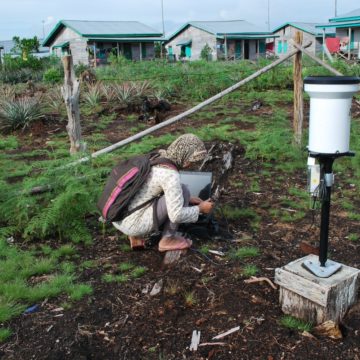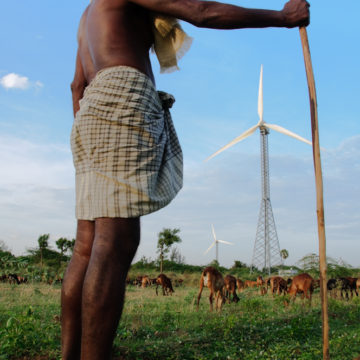Organics on the rise
By Erin Shelton

The presence of certified organic farms in the United States increased 56% between the years 2011 and 2016.1 However, despite this increase, organic farms still only constituted less than 1% of the total acres of farmland nationwide in 2016. This extremely low percentage is troublesome since organic farming methods, such as agroforestry and permaculture, can be used in combating climate change.
Climate change is affected by both natural and human factors, such as changes in the greenhouse effect. Since the mid-20th century, climate changes have most likely been caused by human factors more often than natural ones.2 For example, greenhouse gases like carbon dioxide, methane, and nitrous oxide increase the surface temperature of the Earth when emitted by humans. Organic farming can help with this issue by aiding humans in making their lives more sustainable, for themselves and for the environment.
One of the groundbreaking studies done on organic farming, publicized by the United States Department of Agriculture in 1980, found that some benefits are: 1) reduced pesticide pollution; 2) reduced soil erosion; 3) reduced nutrient pollution; 4) less total energy use than conventional farms; 5) increased recycling of organic wastes; 6) enhanced soil and water conservation; and 7) improved soil tilth and productivity.3 A more recent paper, published in 2009, reiterated these facts.4 In terms of the environment, organic farming reduces fossil fuel energy use and greenhouse gas emissions. It is also effective at accomplishing carbon sequestration in the soil. The Food and Agriculture Organization has deemed it as a promising means for achieving climate change mitigation and adaptation. Of course, organic farming practices could be implemented in conventional farms, but it would not have the same results. The systemic approach to completely organic farming truly provides an optimal integration of mitigation and adaptation.
Organic farming also addresses the issue of food security. It should be acknowledged that local, sustainably-grown food needs to be grown where people need it most, in low income and fragile regions. The systems of organic farming inherently promote local food production and consumption. It improves the quality of food and opens up opportunities for employment in more rural areas. Furthermore, it increases resilience in farming systems, enabling an overall better means for combating climate change and securing food supplies for communities.
Notes
1. Bialik K, Walker K. Organic farming is on the rise in the U.S. Pew Research Center. Published January 10, 2019. Accessed February 21, 2019.
2. Causes of Climate Change. United States Environmental Protection Agency. Updated December 27, 2016. Accessed February 21, 2019.
3. Report and recommendations on organic farming. US Dept of Agriculture; 1980. 79-80.
4. Jordan R, Müller A, Oudes A. High Sequestration, Low Emission, Food Secure Farming. Organic Agriculture-a Guide to Climate Change & Food Security. IFOAM; 2009:1-3.




